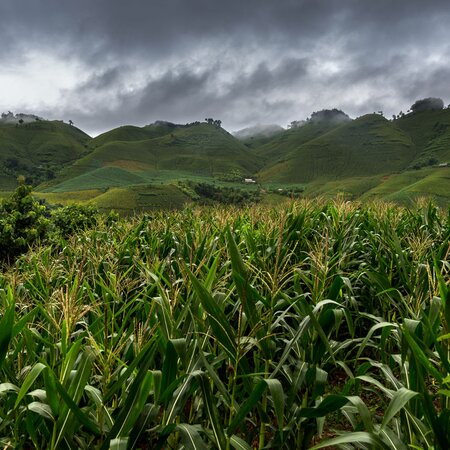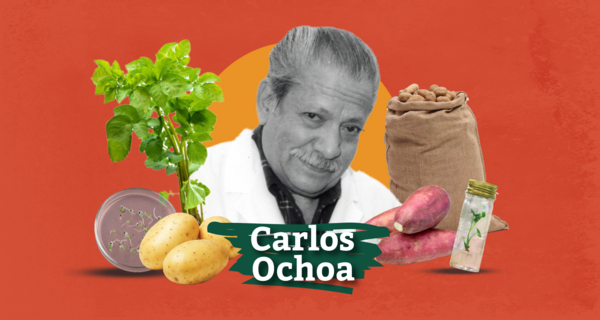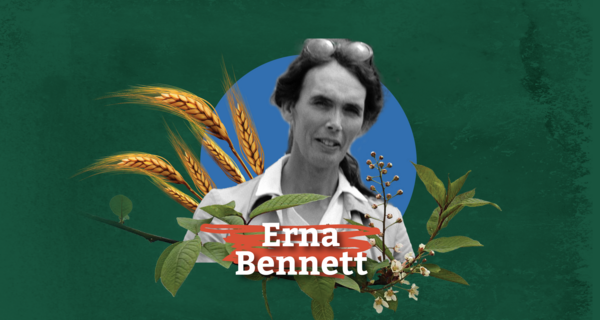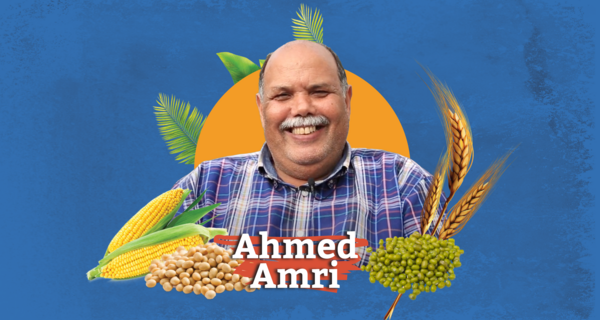Evangelina Villegas: The First Woman to Receive the World Food Prize
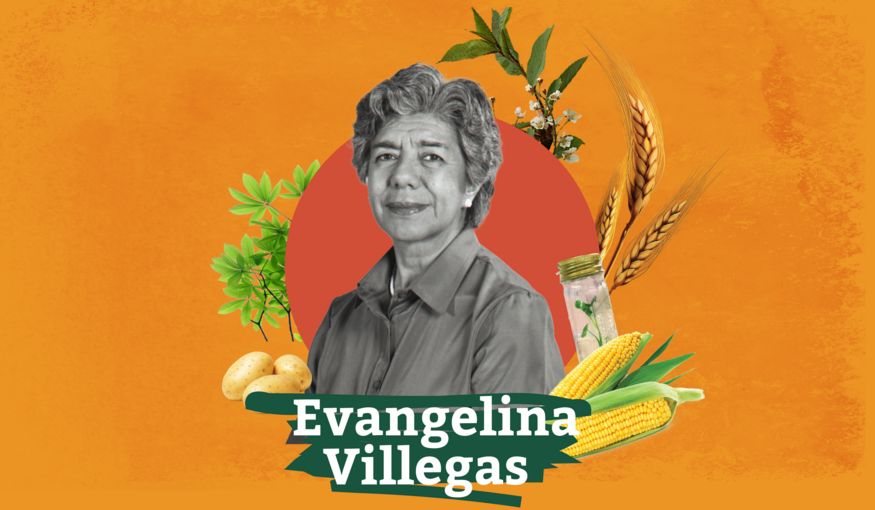
19 June 2024
In this installment of our Seed Heroes series, we celebrate the life of Mexican scientist Evangelina Villegas, who co-developed a new variety of protein-building maize that improved diets for millions of malnourished people around the world.
Evangelina Villegas has earned a place in the pantheon of agricultural scientists both as a champion of food security and as a trailblazer for gender equality.
The Mexican cereal chemist formed a partnership with Indian plant breeder Surinder Vasal to create quality protein maize (QPM), a variety with increased levels of the protein-building amino acids lysine and tryptophan, which are essential to human health and nutrition, especially in infants.
By integrating Villegas’s cereal chemistry with Vasal’s plant-breeding, the two scientists at the International Maize and Wheat Improvement Center (CIMMYT) in Mexico doubled the level of lysine and tryptophan in a maize variety with good taste and a harder texture that could resist pathogens.
“I would call it exemplary interdisciplinary work (for) a breeder and a biochemist,” Vasal said. “Her lab analyzed 26,000 grain samples or more a year and provided the data in time for us to sow or pollinate experimental lines. Eva also furnished valuable critical suggestions that improved our breeding work.”
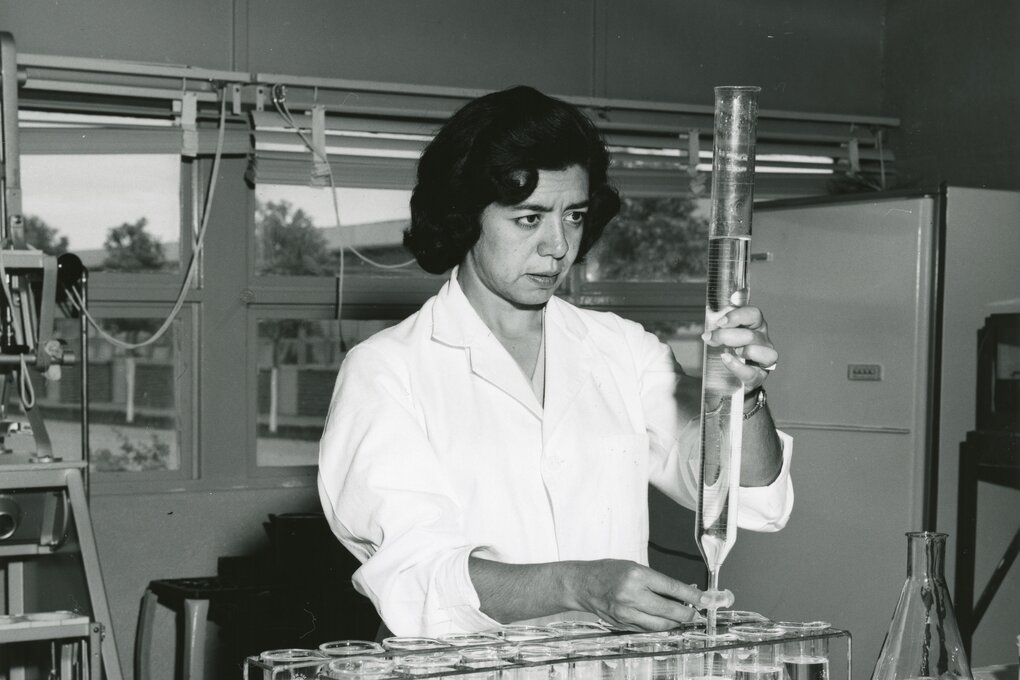
Evangelina Villegas. Photo courtesy of CIMMYT.
Improving Nutrition
This painstaking achievement, which required more than a decade, helped ease the malnutrition experienced by millions of people in maize-dependent nations, which often lack a varied range of food choices to cover their nutritional needs.
A 2002 study in Ethiopia found that children fed a QPM diet had a 15 percent increase in the rate of weight growth compared to those who consumed conventional maize, and a 2005 study showed that QPM consumption in children led to a growth rate in height 15 percent greater than children fed conventional maize, according to a CIMMYT report.
“The efforts of Drs. Villegas and Vasal have laid the foundation for what will be one of the most important contributions to food security in human history,” said former CIMMYT Director General Timothy Reeves.
QPM can also boost animal growth and health and is used as an ingredient in pig and poultry feeds.
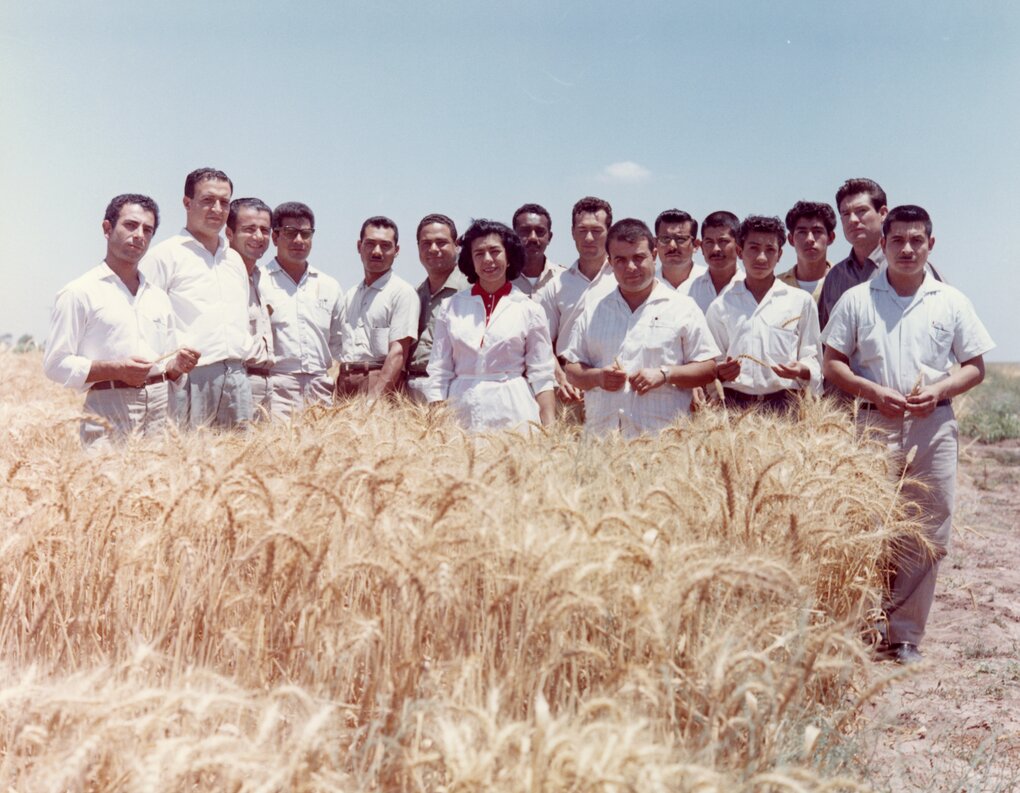
Evangelina Villegas (center) and colleagues in a wheat field. Photo courtesy of CIMMYT.
Delayed Impact
Even though Villegas and Vasal had developed QPM by the mid-1980s, their discovery remained unexploited for years because many nutritionists felt that protein could be added to the diets of the poorest people in other ways, according to the World Food Prize Foundation.
During the early 1990s, CIMMYT received international support and funding to begin promoting QPM in Ghana and several other African countries. It also yielded positive results in China, Mexico and parts of Central America, the foundation says.
By the turn of the century, QPM was being cultivated on more than 1 million hectares around the world.
Global Recognition
In 2000, Villegas became the first woman to win the World Food Prize, sharing the award with Vasal, for improving the productivity and nutritional content of maize.
“What I would like to do with this prize is make the world more aware of what we have developed,” Villegas said in an interview. “Because for me, the greatest honor, as a Mexican, would be to see the fields of Mexico overflowing with QPM maize.”
She was also named Woman of the Year in Mexico in the same year, receiving the award from Mexican President Ernesto Zedillo. The following year, Villegas was named in Alpha Delta Kappa’s prestigious list of International Women of Distinction.
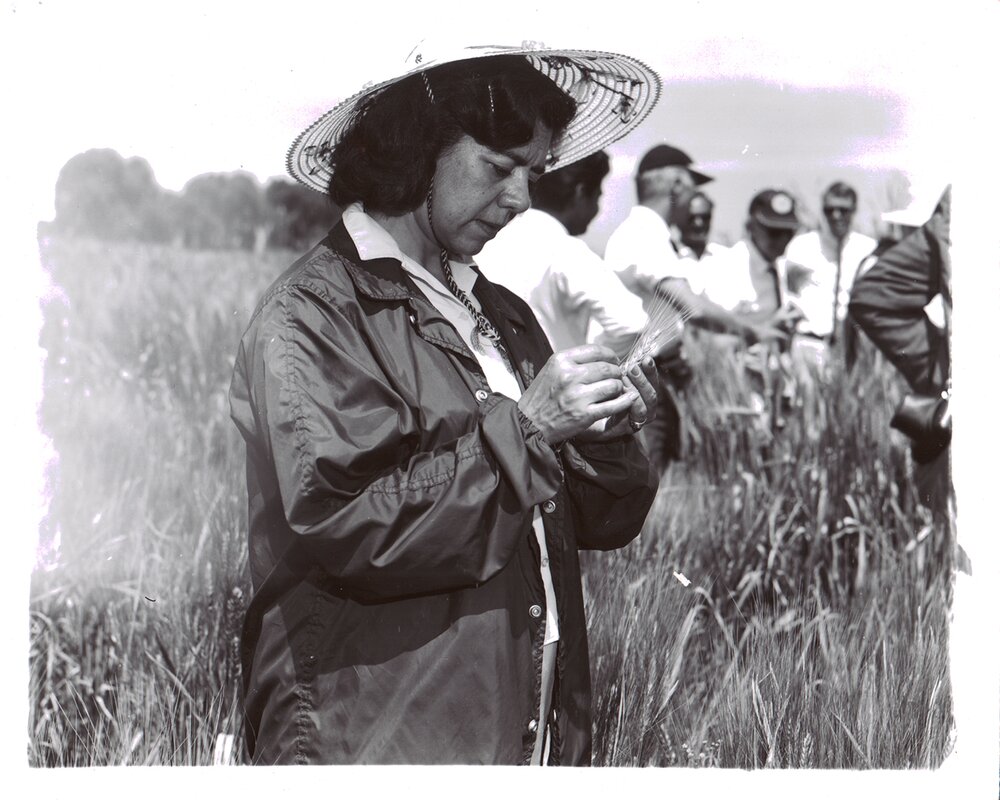
Evangelina Villegas. Photo courtesy of CIMMYT.
Early Years
Villegas was born in Mexico City in 1924.
Although very few women entered higher education at the time, she earned a Bachelor of Science degree in chemistry and biology at the National Polytechnic Institute.
In 1950, Villegas began her career as a chemist and researcher at Mexico’s National Institute of Nutrition and at the Special Studies Office (OSS), an initiative launched by the Rockefeller Foundation and the Mexican Agriculture Ministry. The OSS later became CIMMYT.
After completing a Master of Science degree in cereal technology from Kansas State University and a doctorate in cereal chemistry and breeding from North Dakota State University, Villegas joined CIMMYT in 1967.
As a cereal chemist at CIMMYT, she helped ensure that high-yielding wheat varieties developed by wheat scientist and Nobel Peace Prize laureate Norman Borlaug were also of good quality for making chapatis, bread, and other products. In the early 1970s, she began to develop QPM in partnership with Vasal.
Helping the Young
Villegas helped mentor young scientists in the developing world, working as a consultant in national research programs in Latin America, Africa and Asia. She also created a scholarship fund for “Bird Boys” – youths who were hired by CIMMYT to protect experimental crops from birds – providing a path for them to finish their education.
The celebrated Mexican scientist retired from CIMMYT in 1989 and became a consultant on QPM for Sasakawa Global 2000, an international organization that worked to improve farm technology in Africa.
In 2017, the year of Villegas’s death, CIMMYT renamed its maize quality laboratory in her honor.
“CIMMYT is proud to have counted among its ranks a professional like Dr. Villegas, a pioneering Mexican woman scientist in a challenging period before people started talking about gender,” said Martin Kropff, CIMMYT director general at the time, to mark the occasion.
Timeline:
- 1924: Born in Mexico City
- 1950: Begins career as chemist and researcher at Mexico’s National Institute of Nutrition and at the Special Studies Office (later named CIMMYT)
- 1957: Initiates the Wheat Industrial Quality Chemical Laboratory
- 1967: Receives doctorate in cereal chemistry and breeding at North Dakota State University before joining CIMMYT
- Early 1970s: Forms partnership with Vasal to develop maize with higher levels of key amino acids
- 1989: Retires from CIMMYT
- 2000: First woman to win the World Food Prize (shared with Vasal)
- 2000: Woman of the Year in Mexico
- 2001: Named in Alpha Delta Kappa’s list of International Women of Distinction
- 2001: Lazaro Cardenas Medal from the National Polytechnic Institute
- 2013: Outstanding Alumni Award from Kansas State University
- 2017: Dies at age 92
Categories: For Educators, For Students, Maize, Food Security, Nutritional Security

